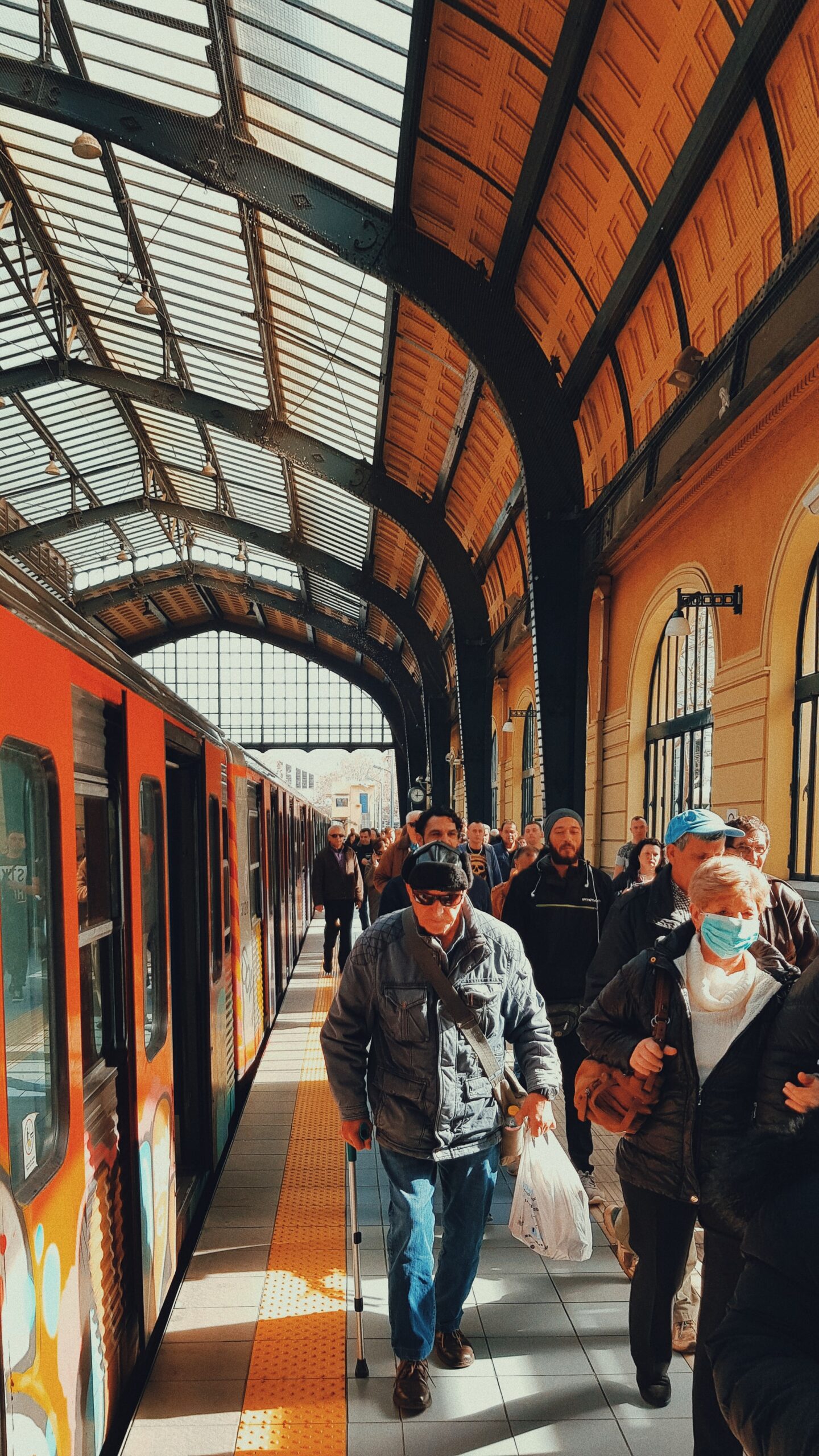Public Transport Networks
Public transport is actually a network of roads, railways, or other public transport systems for passenger travel, typically operated on a prepaid schedule, usually by individual travellers, on a specified route, and charged a fixed cost for each journey. These systems can include buses, coaches, subways, commuter trains, monorail services and ferry boats. The cost of public transport fares depends on the speed of the travelling medium, whether it’s an intercity or local bus or train, the age and gender of the travelling public, the route and the time of day. They are not regulated by any central authority like public bus services and subways.
The aim of public transport service is to make commutation easier by offering a safe, economical, comfortable and reliable means of transporting individuals and goods. The key concept behind this is to provide an integrated system for mass transport by offering complementary modes of transportation that can achieve efficient transportation within an area. At times, there can be a compromise between the quality and cost of the modes selected by users.
The efficiency and reliability of public transportation can be improved through proper planning, rational allocation of resources, and effective usage of the assets. A better public transport experience would mean that there would be a reduction in traffic congestion, more vehicle energy saved, better safety and reduced vehicle accidents. There is a big difference between private vehicle driving in public transportation vehicles. The rules and regulations governing personal car driving are quite different from those regarding public vehicle driving and you should always consult a professional before embarking on driving your personal vehicle in public transportation.
Another important aspect is the intensity or the level of personal car driving. A major environmental problem related to excessive vehicle emissions comes from heavy vehicle use during peak periods. Emissions from public transportation are lower than private vehicle emissions and consequently have a smaller impact on the environment. Emission monitoring devices installed in some trains, buses, and subways have helped to considerably reduce the level of emissions from vehicles while allowing people to make use of other modes of transport at the same time.
People have also shown a strong commitment towards environment protection and active transportation. There are various public transport systems that encourage environmental awareness among users and trains, tramways in particular, have taken this initiative. Buses now have ‘Green Day’ bus banners that inform passengers of their emission-free nature. Most public transport buses offer several options for selecting eco-friendly modes of travel. For instance, many buses now offer the option of stopping along the way at environmentally friendly parks and thus help in reducing vehicle emissions. Many buses have also signed up for the European Union’s “carbon footprint” program that aims to reduce passenger emissions by 40%.
Public transport offers an excellent opportunity for the older population as well as young people to enjoy traveling without hassles and stress. However, there are certain drawbacks to consider when using public transport. As the number of people and the number of vehicles increase on the road, traffic congestion and increased vehicle accidents may result. The increasing environmental awareness among younger people may also result in them demanding more efficient and cost effective ways of traveling.

Rebecca Flynn is a journalist dedicated to delivering timely and insightful news coverage. She specializes in reporting on current events, cultural trends, and global developments, aiming to provide readers with clear, balanced, and engaging content.

